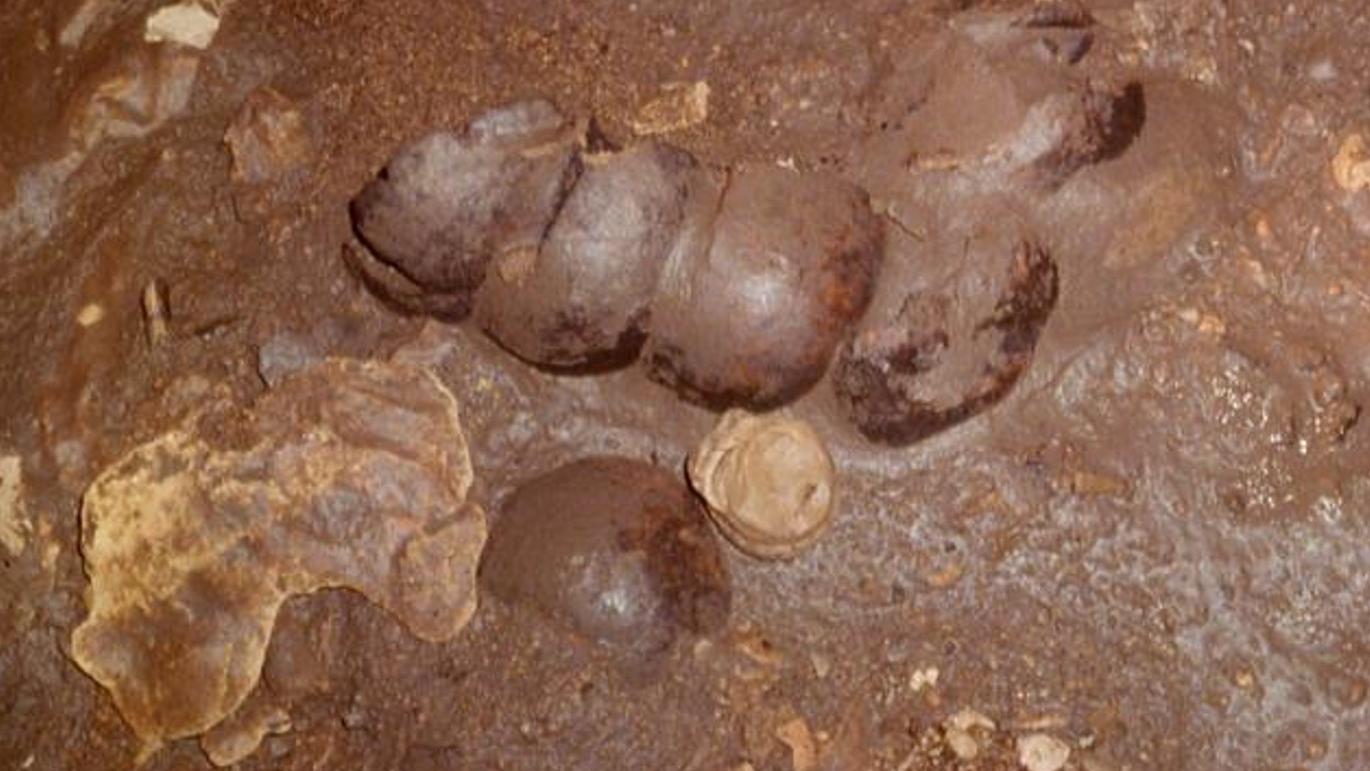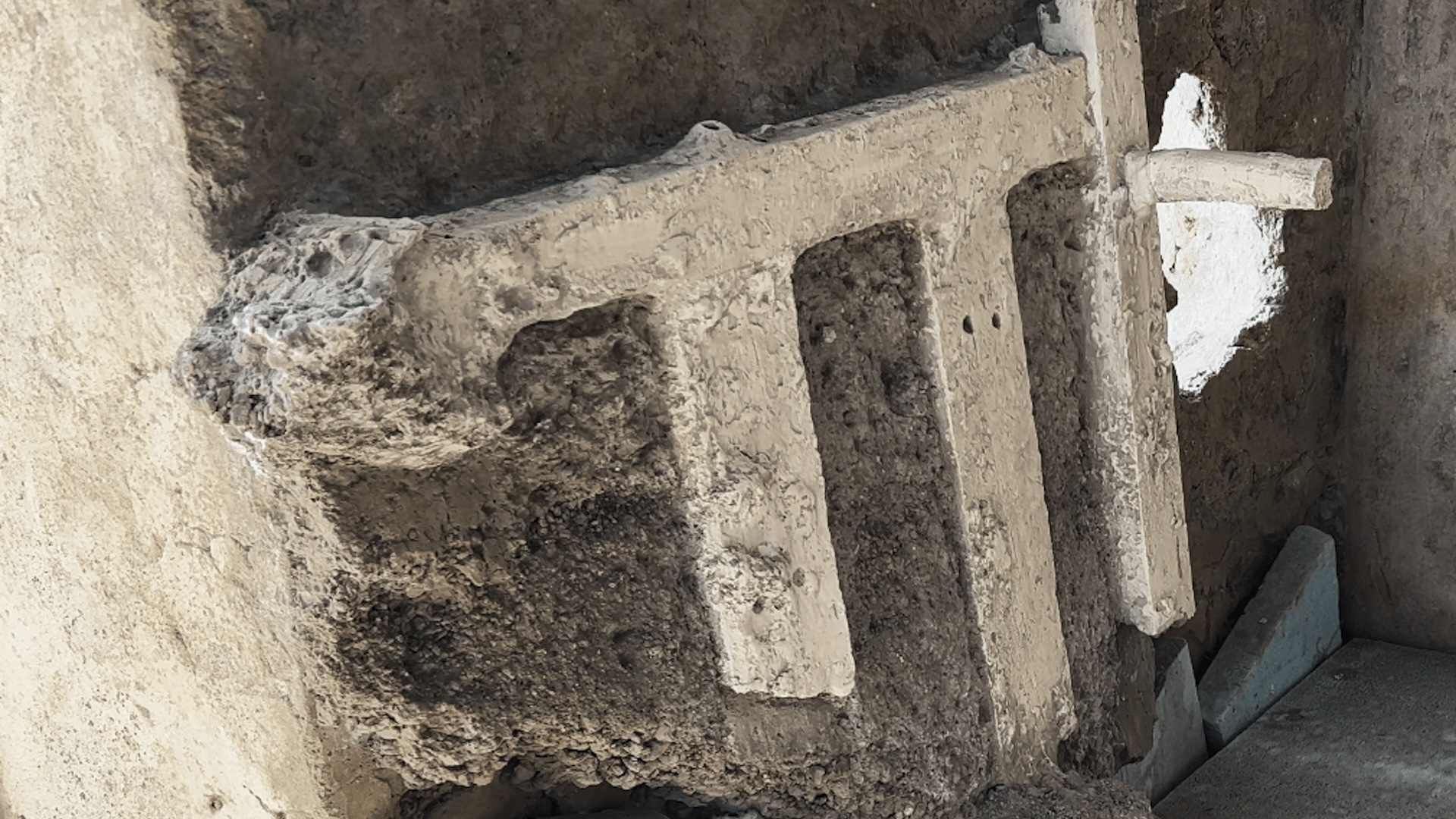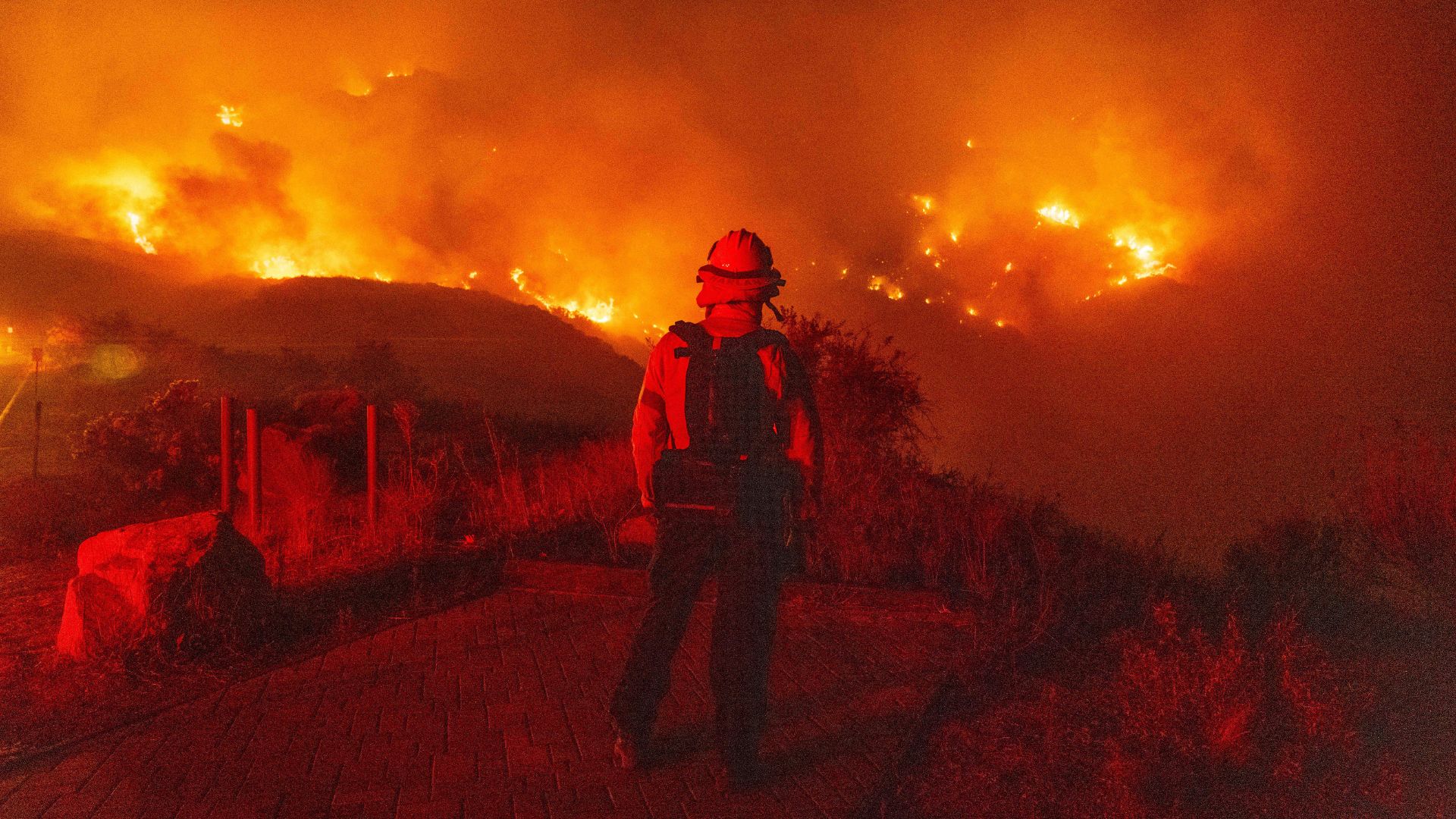Bear kills jogger in Italian Alps. What does this mean for the effort to bring bears back to the region?
26-year-old Andrea Papi was jogging on a woodland path when a bear with three cubs attacked and killed him.
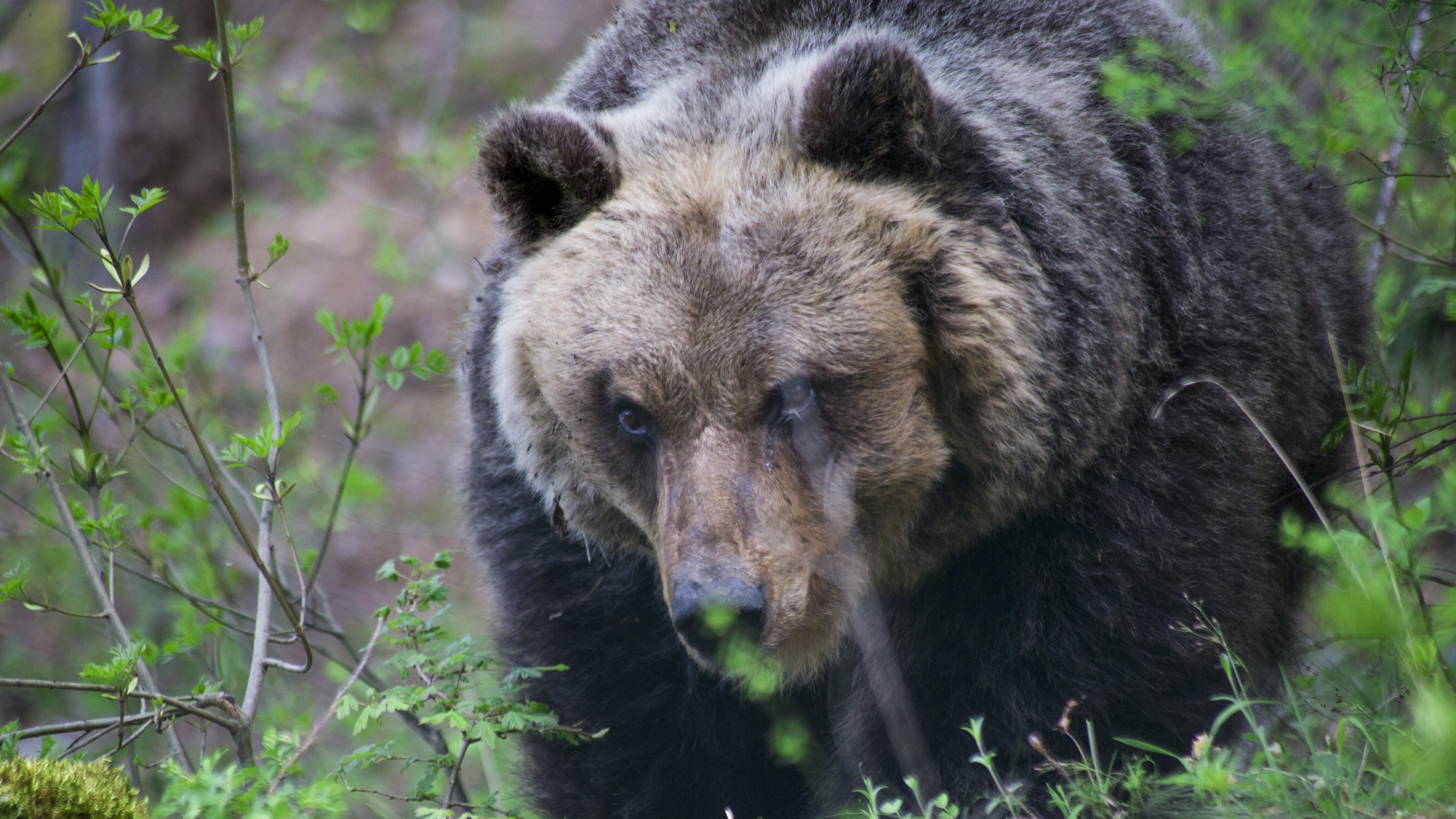
Italian authorities are deciding what to do with a brown bear that mauled a jogger to death in the northeastern province of Trento. The case has shone a light on the country's successful — but problematic — rewilding program.
On the evening of April 5, 26-year-old Andrea Papi was jogging on a woodland path near the village of Caldes. When he failed to return home, his family reported him missing. His mauled body was found at 3 a.m. the following morning.
On April 8, provincial president Maurizio Fugatti, issued an order to kill the Alpine bear, but a court suspended that order following an appeal from animal rights group the Anti-Vivisection League (LAV), ANSA news agency reported. The bear, a female known as “JJ4,” was captured on April 17 accompanied by three cubs.
This is the second time JJ4 has had a kill order overturned, having previously attacked a father and son in 2020, Reuters reported. The victims of the 2020 encounter survived.
Claudio Groff coordinates the large carnivores sector within the provincial government's wildlife department. He told Live Science that Papi's death is even harder to accept because of what happened in 2020. "We tried to remove this dangerous bear," Groff said. "We didn't manage it, unfortunately, because of the decision of the court."
Papi's death marks the first fatal bear attack in Italy, according to the Italian daily newspaper Corriere della Sera. However, bear-related incidents like this fuel a long-running debate about the presence of bears in the region.
How many bears are there in the Trentino-Alto Adige?
Brown bears (Ursus arctos) were on the brink of extinction in the Alps in 1999, with only a handful surviving in the Trentino-Alto Adige region of Italy. The European Union-funded Life Ursus project brought bears from Slovenia to the region as part of conservation efforts to establish a minimum viable population of around 40 to 60 individuals. Today, there are around 100 bears in Trentino-Alto Adige.
Sign up for the Live Science daily newsletter now
Get the world’s most fascinating discoveries delivered straight to your inbox.
Related: 'Prehistoric' mummified bear discovered in Siberian permafrost isn't what we thought
"Italy is a great success story," said Lana Ciarniello, an independent researcher in Canada and co-chair of the International Union for Conservation of Nature’s (IUCN) Human-Bear Conflicts Expert Team, of which Groff is also a member. "The bears were reintroduced, and they've done very well."
The bear program has worked so well that the animals have made a remarkable recovery — but now the region is adapting to once again becoming, as Ciarniello puts it, "bear country."
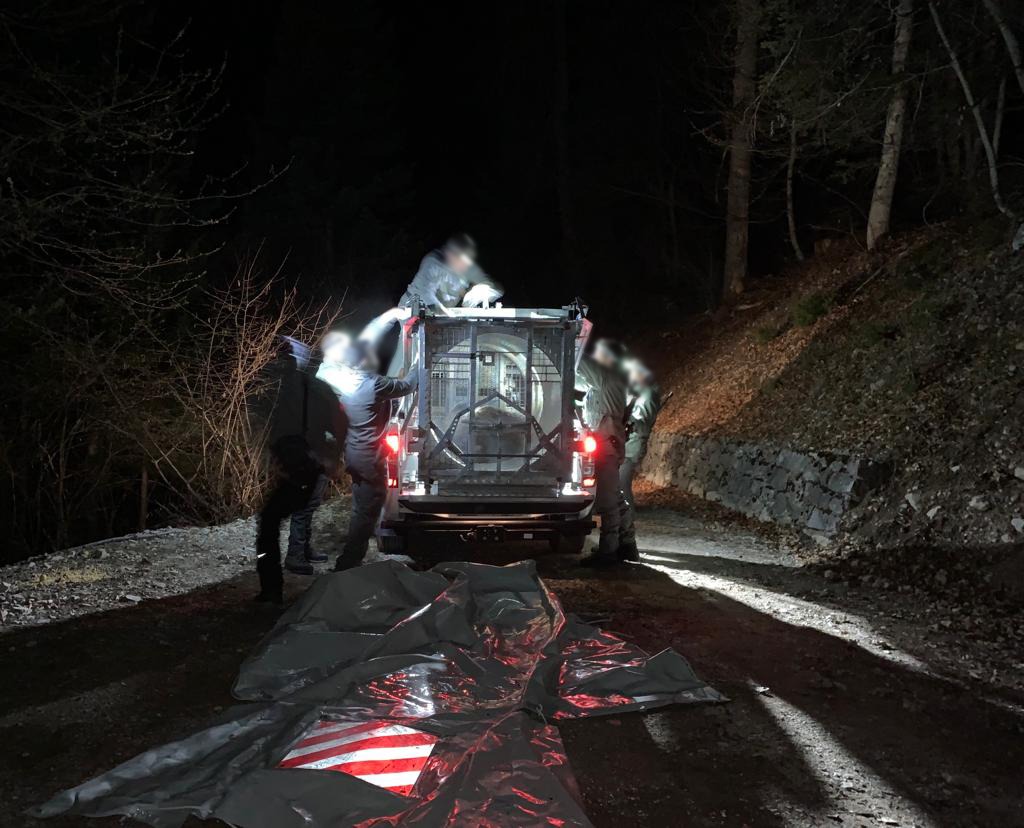
What causes bear attacks?
Tom Smith, a professor at Brigham Young University in Utah whose research focuses on human-bear conflicts, told Live Science that the most common cause of brown bear attacks is people unintentionally surprising them. Smith has studied more than 2,000 bear attacks in North America. He said all bears, regardless of whether they have cubs, can attack if approached.
"Anytime you intentionally or unintentionally run into a bear, you're going to unleash a natural instinct in them, which is to defend themselves," Smith said.
The Trento provincial government published a leaflet on close encounters with bears. For North America, check out the U.S. National Park Service’s staying safe around bears guide.
Bears typically avoid humans and run away if they hear people coming. Smith noted that certain human behaviors increase the chances of attacks, including trying to get close to bears, feeding them, leaving food around, mountain biking, walking alone or having a dog off the leash — bears don't like dogs. However, according to Smith, solo runners are at greatest risk.
"That's the worst thing you can do," Smith said. "Runners are single, they move fast, they don't make noise; it's the perfect storm of bad variables."
What has gone wrong in Italy, and what's the solution?
Groff said there are hundreds of signs telling people how to behave, including where the fatal attack happened, "but it's not enough."
He claims there are two things that would help that are out of his hands. The first is for people to carry bear spray — an effective bear deterrent in North America that is currently illegal in Italy. Ciarniello and Smith also advocated for the use of bear spray.
The second is to be able to "shoot dangerous bears as soon as possible," Groff said. "There are very few," Groff added. "But we have to be fast to remove them, and as we can see, we are not."
Related: Woman killed in unusual grizzly bear attack
The decision to increase the number of bears in Italy was controversial, with fears from local communities that bears threaten livestock and people. The revival of the bear population also brought about the revival of poaching, according to a 2015 article in the journal Arcadia.
With the people living alongside bears being forced to make concessions, Ciarniello said that removing a bear perceived as a threat can help them feel more secure, helping to alleviate human-bear conflict.
"If it continues to foster positive attitudes for the [bear] population as a whole, then that individual should be removed, whether that individual needs to be removed or not," Ciarniello said.
A spokesperson for WWF Italy told Live Science in an email that the province can do more to promote coexistence. "Unfortunately these have not yet been adopted by the Province of Trento," the spokesperson said.
WWF Italy recommended more preventative action to avoid bears gaining access to human food and livestock, increased bear education and awareness, the use of bear spray for hikers and residents, and measures to allow the population to expand.
"The brown bear population in the Italian Alps has not been able to expand into other territories due to severe habitat fragmentation," the spokesperson said. "It is crucial to intervene by restoring habitats and providing wildlife corridors to allow the population to expand into other suitable areas outside western Trentino."
Are there too many bears in Italy?

Italy's environment minister, Gilberto Pichetto Fratin, told Italy's Mediaset television that he has set up a committee to address the possible excess number of bears in the region, ANSA news agency reported. If there are deemed to be too many, some could be removed.
Ciarniello noted that on every landscape, there's an ecological carrying capacity — how many individuals of a species an environment can support — and a social carrying capacity — how many of those animals a human population will tolerate.
She said Italy now needs to decide when the social carrying capacity for bears will be reached and how to manage it — for example, by removing bears or hunting.
What will happen to the bear that killed the jogger?
At the time of writing, it is unknown what will happen to JJ4. She is being held at the Casteller wildlife center near Trento. A final court ruling on her future is expected on May 11. JJ4's cubs were mature enough to survive independently and allowed to go free, according to a statement released by the Trento provincial government.

Patrick Pester is the trending news writer at Live Science. His work has appeared on other science websites, such as BBC Science Focus and Scientific American. Patrick retrained as a journalist after spending his early career working in zoos and wildlife conservation. He was awarded the Master's Excellence Scholarship to study at Cardiff University where he completed a master's degree in international journalism. He also has a second master's degree in biodiversity, evolution and conservation in action from Middlesex University London. When he isn't writing news, Patrick investigates the sale of human remains.
